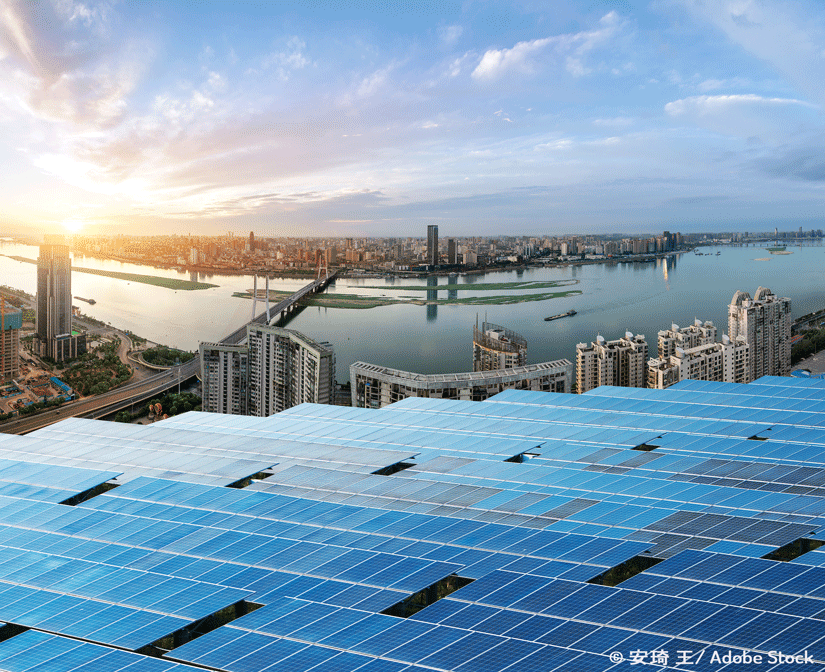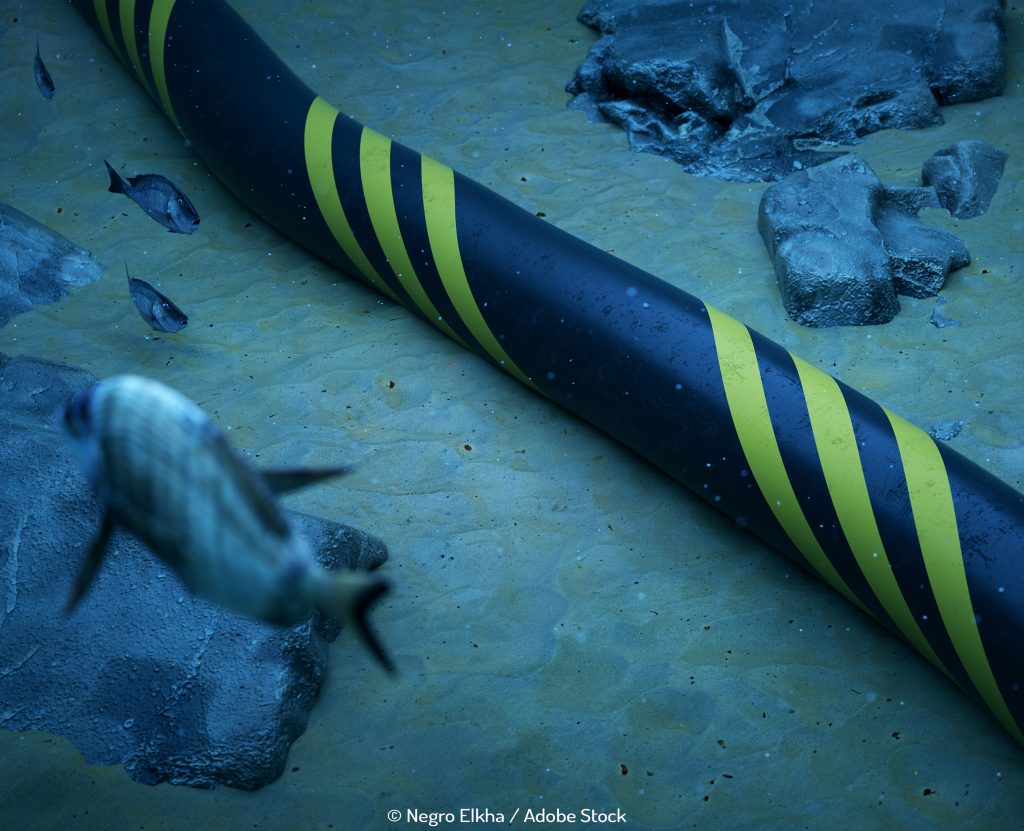
Europe and Asia working together toward renewable energy progress
The recent agreement struck between India and Denmark for the development of renewable energy – particularly offshore wind energy – highlights the growing trend for Asian and European countries to do business in this sector.
There are more than 4000 wind turbines in Europe, in 11 countries, accounting for over 10% of total electricity generated in Germany and the UK. Increasing demand for energy – and increasingly renewable energy- in countries like India, China and Japan, creates a ripe ground for partnerships. As technology improves, it will continue to open doors where offshore farms might yet not be suitable.
The Indian government has approved a cooperation deal that includes measures to develop and maintain an on and offshore wind farm industry, identify future opportunities for the sector, as well as various other aspects such as managing the farms and maintaining the turbines and other equipment.
There is also a Letter of Intent to create an Indo-Danish Centre of Excellence for renewable energy, which would work on integration of wind energy, R&D, skill-development and improving renewable energy storage technologies.
Last year the country’s Ministry of New and Renewable Energy announced that their medium and long-term targets for offshore wind capacity would be 5GW by 2022, and 30GW by 2030. It followed its Expressions of Interest call in April last year for the first 1GW offshore farm, which it said had attracted significant Indian and global interest.
The latest Wood Mackenzie Power & Renewables report on the global wind power market highlights the Asia Pacific region as a key source of growth in the offshore wind market. Describing growth here as ‘explosive’, the authors said: “Aggressive renewables targets in India and explosive growth in the offshore sector are expected to drive a 10-year compound annual growth rate (CAGR) of 12.2% in the Asia Pacific region, excluding China. Cumulative offshore capacity in the region will reach almost 19 GW from just 111 MW at the end of 2018, led by growth in Japan, Taiwan and South Korea.”
The benefits of working together with established EU firms are clear. After it bought up the British wind farm Seajacks International, the Japanese trading company Marubeni gained sufficient knowledge to allow it to start feasibility testing to determine how it could develop offshore farms. And a 10-MW turbine (destined for sale in Japan) is under development with Mitsubishi Heavy Industries and Vestas Wind Systems. Plans are in the making for E.ON, as well as Orix and Tokyo Electric Power Co. Holdings to establish wind farms offshore.
Though the offshore make-up differs significantly in Japan, a mixture of things are helping to address this. Attention from international investors is increasing thanks to legal safeguards and subsidies, as well as improved technology. As solar-subsides decreased, so too did investment. With issues like noise pollution causing problems for onshore wind farms, offshore sites are looking more attractive for the government to promote. And though the deep seabed’s that surround Japan would once have prevented widespread wind farms, floating turbines have the potential to get around it.


